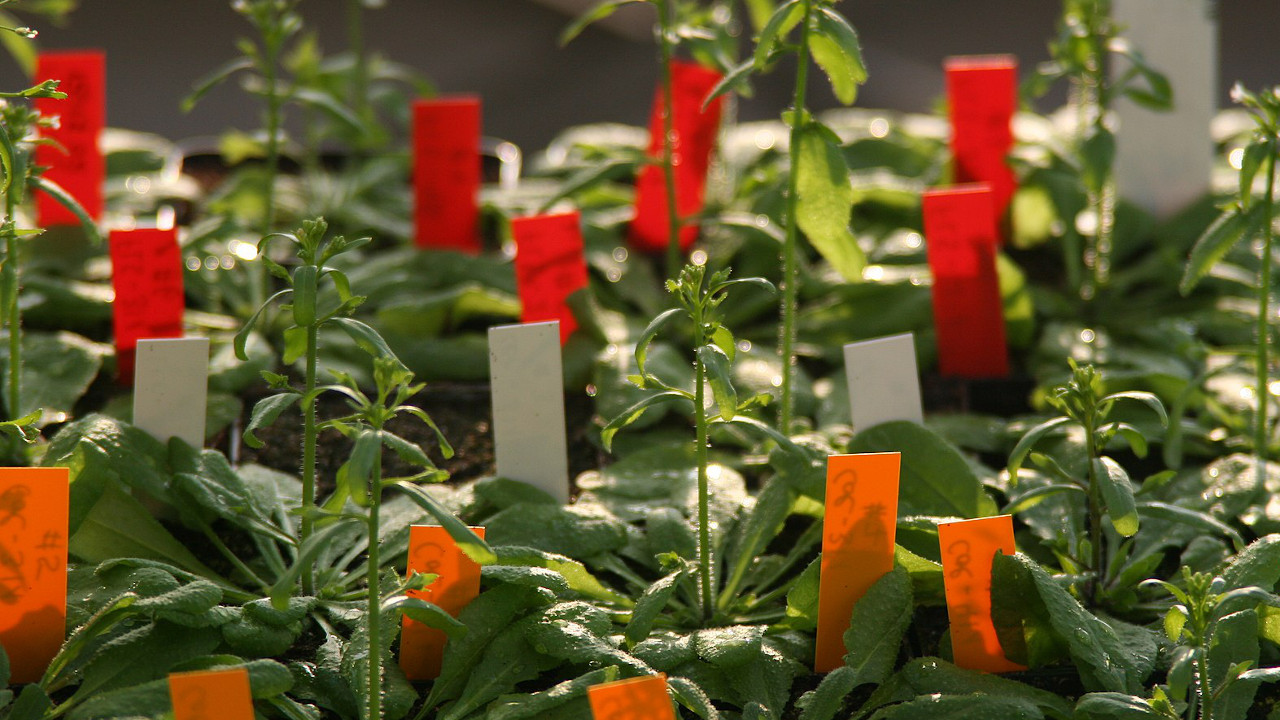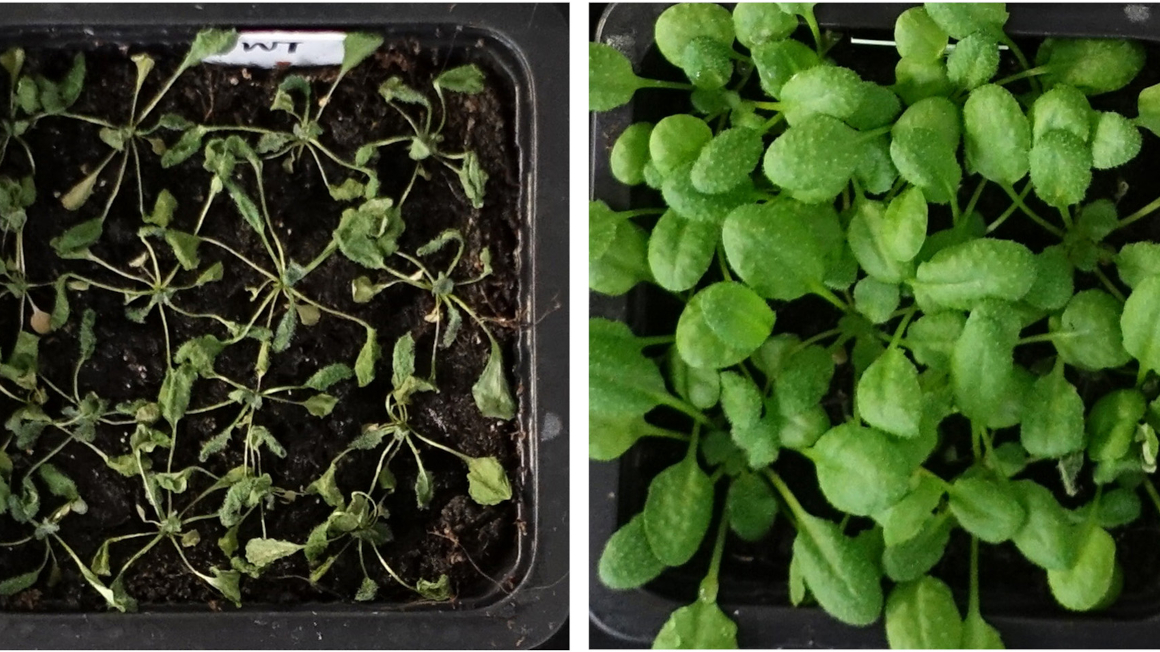How plants protect themselves from sun
Plants protect their cells from too much sun with the help of color pigments. The signal for this is given by the sugars from photosynthesis.

It is not only human skin that suffers from too much sun: plant cells, too, can only tolerate a certain amount, even though they depend on sunlight for photosynthesis. To protect themselves and their cell structures, plants form color pigments in their leaves. These usually color the leaves reddish, but also violet or blue, and absorb light. A team of researchers from the Universities of Rostock, Leipzig and HU Berlin has now elucidated how this plant sun protection is regulated. They report details on this in the journal Plant Communications.
High sugar concentration activates the formation of anthocyanins
The researchers were able to show that the decisive signal comes from sugar molecules formed during photosynthesis. These molecules act as signal transducers for the metabolic pathway that gives rise to the pigment anthocyanin in the cells. "As it turned out, the increased formation of carbohydrates, as observed at higher light intensities, leads to an increased formation of enzymes that are necessary for the formation of anthocyanins in the plant," summarizes Andreas Richter from the University of Rostock.
The chloroplasts are therefore the control center, as the research team was able to demonstrate. They are the place where photosynthesis takes place, which makes the cell organelles a kind of sensor: "In the event of stronger solar radiation, for example, the chloroplasts send out signals that enable the plant cell and thus the entire plant to adapt to the new conditions," explains Richter. "Our studies thus underline on the one hand the central role of chloroplasts in cellular energy production, but also their key function in acclimatizing the plant to changing environmental conditions."
Better understanding enables climate-adapted crops
However, plants do not only react to light with discolorations. Other variable environmental factors, such as nutrient deficiency or cold, also cause the cells to form color pigments. In a next step, the research team would therefore like to clarify whether the discovered mechanism is also involved in this process. For plant breeding, it is important to understand how plants react to certain environmental conditions. Not least as a result of climate change, it is becoming increasingly important to develop varieties that are adapted to the new climate.
bl


